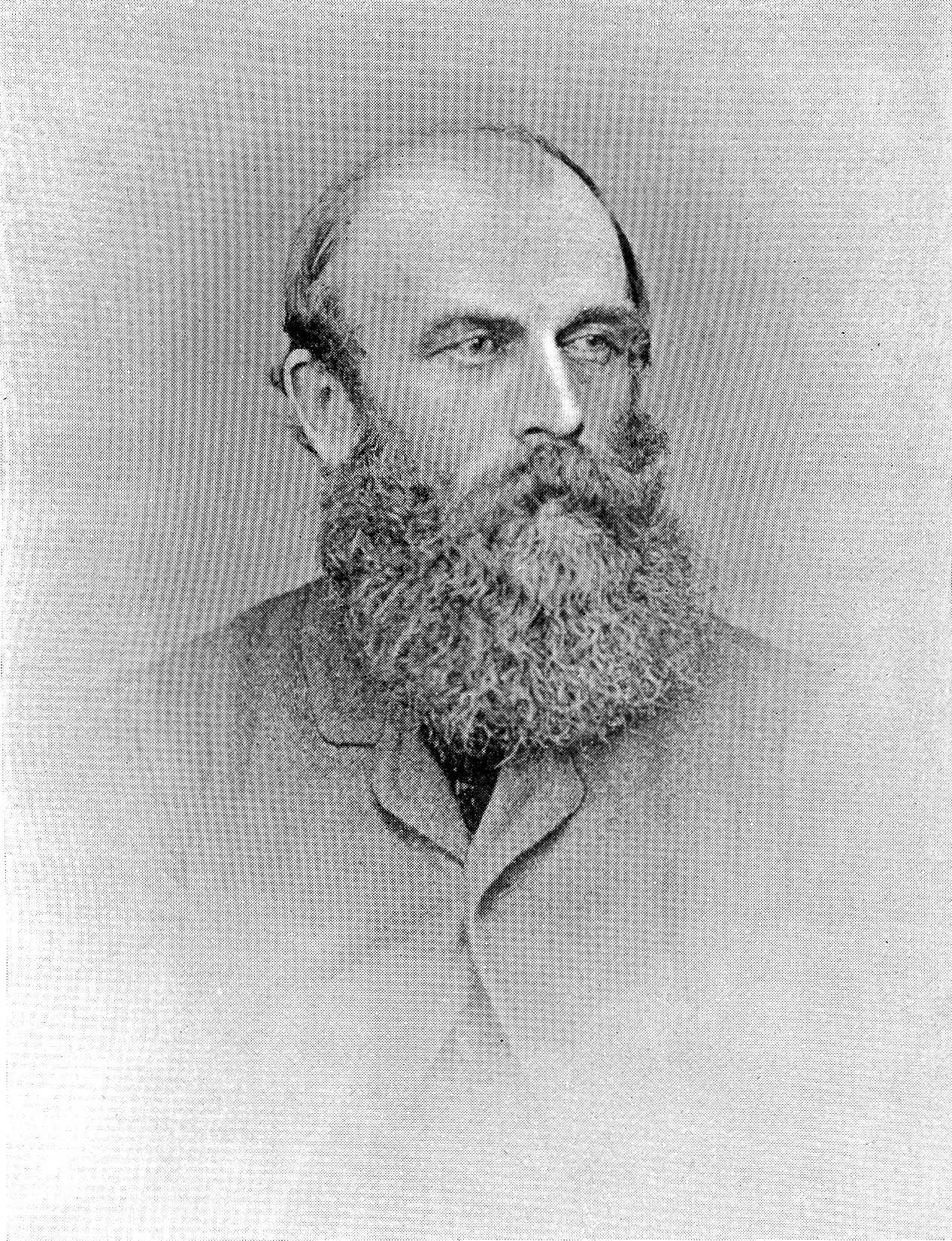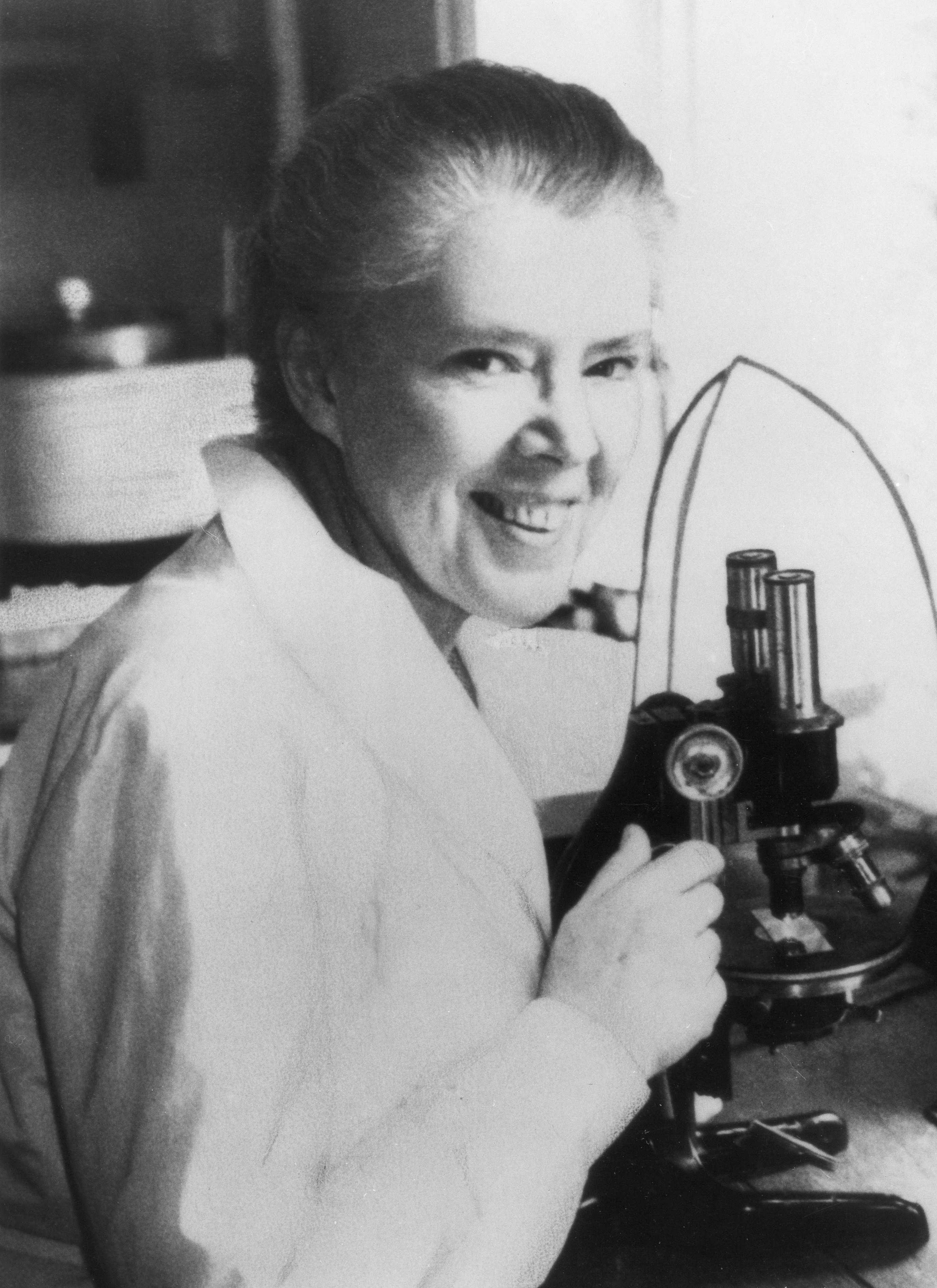Strangeways Research Laboratory on:
[Wikipedia]
[Google]
[Amazon]
 Strangeways Research Laboratory is a research institution in Cambridge, United Kingdom. It was founded by Thomas Strangeways in 1905 as the Cambridge Research Hospital and acquired its current name in 1928. Organised as an independent charity, it was historically funded primarily by the Medical Research Council and is currently managed by the
Strangeways Research Laboratory is a research institution in Cambridge, United Kingdom. It was founded by Thomas Strangeways in 1905 as the Cambridge Research Hospital and acquired its current name in 1928. Organised as an independent charity, it was historically funded primarily by the Medical Research Council and is currently managed by the
 The institution was founded in 1905 as the Cambridge Research Hospital by physician Thomas Strangeways, who sought to study patients suffering from
The institution was founded in 1905 as the Cambridge Research Hospital by physician Thomas Strangeways, who sought to study patients suffering from
 Strangeways Research Laboratory is a research institution in Cambridge, United Kingdom. It was founded by Thomas Strangeways in 1905 as the Cambridge Research Hospital and acquired its current name in 1928. Organised as an independent charity, it was historically funded primarily by the Medical Research Council and is currently managed by the
Strangeways Research Laboratory is a research institution in Cambridge, United Kingdom. It was founded by Thomas Strangeways in 1905 as the Cambridge Research Hospital and acquired its current name in 1928. Organised as an independent charity, it was historically funded primarily by the Medical Research Council and is currently managed by the University of Cambridge
The University of Cambridge is a Public university, public collegiate university, collegiate research university in Cambridge, England. Founded in 1209, the University of Cambridge is the List of oldest universities in continuous operation, wo ...
, also its sole trustee. Formerly a site of research on rheumatic arthritis and connective tissue disorder
Connective tissue diseases (also termed connective tissue disorders, or collagen vascular diseases), are medical conditions that affect connective tissue.
Connective tissues protect, support, and provide structure for the body's other tissues a ...
s, it has since 1997 focused on the study of genetic epidemiology
Genetic epidemiology is the study of the role of genetic factors in determining health and disease in families and in populations, and the interplay of such genetic factors with environmental factors. Genetic epidemiology seeks to derive a statist ...
.
History
 The institution was founded in 1905 as the Cambridge Research Hospital by physician Thomas Strangeways, who sought to study patients suffering from
The institution was founded in 1905 as the Cambridge Research Hospital by physician Thomas Strangeways, who sought to study patients suffering from rheumatoid arthritis
Rheumatoid arthritis (RA) is a long-term autoimmune disorder that primarily affects synovial joint, joints. It typically results in warm, swollen, and painful joints. Pain and stiffness often worsen following rest. Most commonly, the wrist and h ...
and related conditions. Funded by a combination of Strangeways' own contributions, support from noted doctors of the time, and donations from patients, the hospital began modestly with only six beds, and with research equipment located in renovated coal sheds. It closed briefly in 1908 due to lack of funding, but quickly reopened and moved to its current site in 1912 thanks to the support of Otto Beit. It was temporarily repurposed as a hospital for military officers in World War I
World War I or the First World War (28 July 1914 – 11 November 1918), also known as the Great War, was a World war, global conflict between two coalitions: the Allies of World War I, Allies (or Entente) and the Central Powers. Fighting to ...
but returned to use as a research site in 1917. Subsequently, in 1923, Strangeways moved the clinical aspects of his work to St Bartholomew's Hospital
St Bartholomew's Hospital, commonly known as Barts, is a teaching hospital located in the City of London. It was founded in 1123 by Rahere, and is currently run by Barts Health NHS Trust.
History
Early history
Barts was founded in 1123 by ...
in order to focus research efforts at the laboratory on then-emerging technologies in tissue culture
Tissue culture is the growth of tissue (biology), tissues or cell (biology), cells in an artificial medium separate from the parent organism. This technique is also called micropropagation. This is typically facilitated via use of a liquid, semi-s ...
and cell biology
Cell biology (also cellular biology or cytology) is a branch of biology that studies the structure, function, and behavior of cells. All living organisms are made of cells. A cell is the basic unit of life that is responsible for the living an ...
.
Following Strangeways' death in 1926, the laboratory's future and finances were in doubt; advocates of keeping the laboratory open included F.G. Spear and Strangeways' protege Honor Fell, a scientist employed there at the time of Strangeways' death. Funding was obtained largely from the Medical Research Council and the name was changed to Strangeways Research Laboratory in honour of its founder. Fell became the new director of the laboratory and served in that position from 1928 to 1970, while also maintaining an active research program in tissue and organ culture
Organ and organs may refer to:
Biology
* Organ (biology), a group of tissues organized to serve a common function
* Organ system, a collection of organs that function together to carry out specific functions within the body.
Musical instruments
...
throughout her directorship. Fell was succeeded as director by Michael Abercrombie in 1970, but returned to Strangeways as a scientist in 1979 and continued work until shortly before her death in 1986. A rare example of a woman in a senior management position at the time, Fell is noted for her work supporting scientific careers for women at Strangeways during her tenure as director.
The laboratory was never well-funded, and Fell described the funding situation as "something of a nightmare". Nevertheless, it developed a reputation for excellence in the fields of cell biology
Cell biology (also cellular biology or cytology) is a branch of biology that studies the structure, function, and behavior of cells. All living organisms are made of cells. A cell is the basic unit of life that is responsible for the living an ...
, tissue culture
Tissue culture is the growth of tissue (biology), tissues or cell (biology), cells in an artificial medium separate from the parent organism. This technique is also called micropropagation. This is typically facilitated via use of a liquid, semi-s ...
, and radiobiology
Radiobiology (also known as radiation biology, and uncommonly as actinobiology) is a field of clinical and basic medical sciences that involves the study of the effects of radiation on living tissue (including ionizing radiation, ionizing and non- ...
that attracted a wide range of visiting scientists. In the 1930s, the laboratory described itself as a center for development of tissue culture
Tissue culture is the growth of tissue (biology), tissues or cell (biology), cells in an artificial medium separate from the parent organism. This technique is also called micropropagation. This is typically facilitated via use of a liquid, semi-s ...
work and of basic research
Basic research, also called pure research, fundamental research, basic science, or pure science, is a type of scientific research with the aim of improving scientific theories for better understanding and prediction of natural or other phenome ...
with potential applications to human medicine. The laboratory hosted the first scientific research position held by Francis Crick
Francis Harry Compton Crick (8 June 1916 – 28 July 2004) was an English molecular biologist, biophysicist, and neuroscientist. He, James Watson, Rosalind Franklin, and Maurice Wilkins played crucial roles in deciphering the Nucleic acid doub ...
, who performed part-time research in the late 1940s, supported by Fell.
Present
In 1997 the laboratory was restructured, shifting research focus togenetic epidemiology
Genetic epidemiology is the study of the role of genetic factors in determining health and disease in families and in populations, and the interplay of such genetic factors with environmental factors. Genetic epidemiology seeks to derive a statist ...
. It is currently managed by the Department of Public Health and Primary Care at the University of Cambridge
The University of Cambridge is a Public university, public collegiate university, collegiate research university in Cambridge, England. Founded in 1209, the University of Cambridge is the List of oldest universities in continuous operation, wo ...
under the directorship of epidemiologist John Danesh.
Directors
Directors of the Strangeways Research Laboratory have included: * Thomas Strangeways: 1905–1926 * Honor Fell: 1928–1970 * Michael Abercrombie: 1970–1979 * John T. Dingle: 1979–1993 * Nick Day (co-director): 1997–2004 * Bruce Ponder (co-director): 1997–2010 * John Danesh (co-director): 2004–2010, (director): currentReferences
{{authority control Genetics in the United Kingdom Medical research institutes in the United Kingdom Research institutes in Cambridge